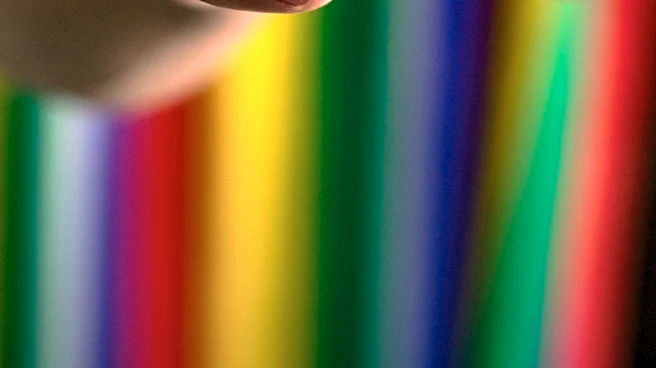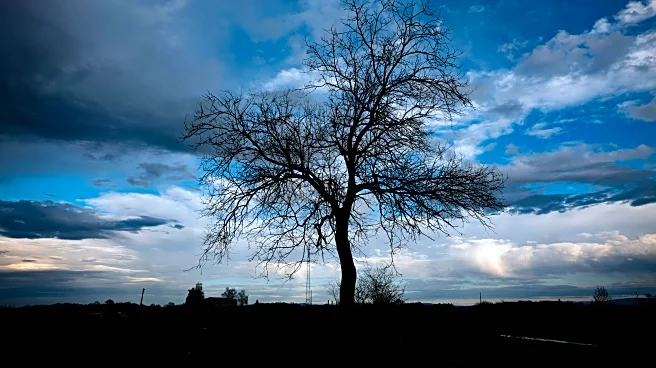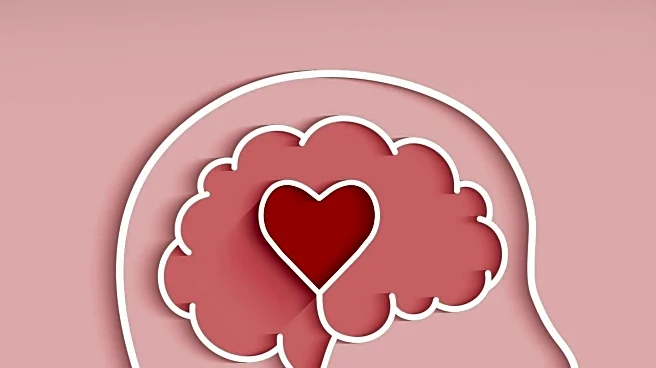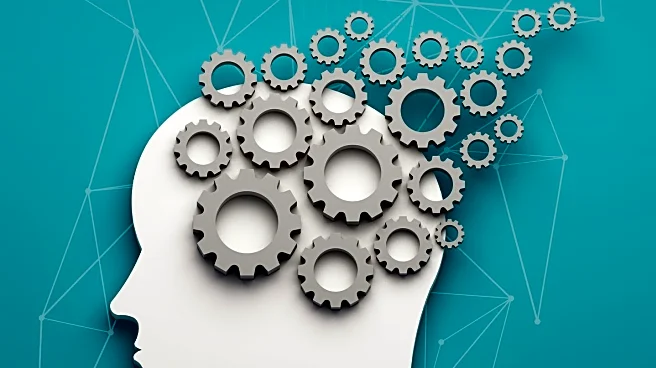What's Happening?
As winter approaches, many individuals experience Seasonal Affective Disorder (SAD), a form of depression triggered by reduced sunlight and biological changes. This condition affects mood, energy levels,
and sensory experiences, leading to symptoms such as emotional numbness and anhedonia. The disorder is linked to altered activity in brain regions responsible for reward and sensory processing. Light therapy, physical activity, and Cognitive Behavioral Therapy (CBT) are effective methods to combat SAD. Light therapy simulates natural sunlight to regulate serotonin and melatonin production, while physical activity boosts dopamine and endorphins. CBT helps individuals challenge negative thought patterns associated with the disorder.
Why It's Important?
Seasonal Affective Disorder impacts a significant portion of the population, particularly in regions with stark seasonal contrasts. Understanding and addressing SAD is crucial for improving mental health and quality of life during winter months. The disorder not only affects mood but also alters sensory experiences, making everyday pleasures less rewarding. Effective treatment methods, such as light therapy and CBT, offer hope for those affected by SAD, emphasizing the importance of a comprehensive approach that considers biological and sensory imbalances. Advancements in precision psychiatry and neuroscience are reshaping treatment strategies, highlighting the need for personalized care.
What's Next?
Future developments in precision psychiatry and neuroscience may lead to more personalized and effective treatments for SAD. Researchers are exploring how neurons respond to neurotransmitters, stress, and inflammation to better understand the disorder's symptoms. As scientific understanding of neuroplasticity and AI-guided psychiatry advances, new treatment options may emerge, offering improved strategies for restoring joy and sensory experiences during winter. Continued research and innovation in this field are essential for developing multidimensional approaches to combat seasonal depression.
Beyond the Headlines
The exploration of SAD as a full-body condition highlights the interconnectedness of mood, sensory processing, and biological rhythms. Recognizing the disorder's impact on taste, light perception, and sensory experiences underscores the complexity of depression. This perspective encourages a holistic approach to treatment, focusing on restoring sensory and emotional balance. As research progresses, the integration of neuroscience, data analysis, and personalized care may redefine how depression is understood and treated, offering new pathways for healing and recovery.












